 What with all the fuss about the London Coffee Festival, it’s all too easy to forget about the Caffé Culture Show, a trade-only show all about cafés. It’s held in May every year in the soaring halls of the Kensington Olympia Exhibition Centre. It features suppliers to the café trade, from coffee machine manufacturers and roasters through bakers all the way to furniture suppliers.
What with all the fuss about the London Coffee Festival, it’s all too easy to forget about the Caffé Culture Show, a trade-only show all about cafés. It’s held in May every year in the soaring halls of the Kensington Olympia Exhibition Centre. It features suppliers to the café trade, from coffee machine manufacturers and roasters through bakers all the way to furniture suppliers.
I attended for the first time last year and liked it sufficiently to go back this year. It has a much more relaxed pace and feel than the London Coffee Festival, although for various reasons, I didn’t have very long at Caffé Culture this year, so ended up doing a lot of rushing around. The biggest difference I noticed this year is that there seemed to be more a lot more coffee roasters than I remember from my previous visit.
Due to my lack of time I was quite focused in my approach this year, catching up with some old friends (Doctor Espresso, Aeropress, Matthew Algie, Terrone) and making some new ones (Sanremo, Black Sheep). I also took KeepCup #1 along to make some new friends.
You can see what I got up to after the gallery…
So, to start at the beginning, I walked into the entrance lobby to be greeted by a display of vintage Gaggia lever espresso machines from the 1950s, courtesy of Doctor Espresso. This was just a taster of what was on offer on the Doctor’s stand (more of which later) and was a good way to start the show. Since I was in a hurry, I only did a quick circuit around the main hall, stopping off to say hello to the guys on the Aeropress stand. They had saved me last year when I was about to give up on my Aeropress in disgust (I had made the beginner’s error of following the instructions that came with it; never do that if you want it to make decent coffee). Anyway, they had shown me the error of my ways and I wanted to say thank you.
From there I continued my exploration, calling in on a few friends, old and new (see below), and passing up tempting samples from numerous cake and bakers stands before ending my brief visit at a new feature, the Artisan Food Village. This year was its first appearance and, having bemoaned the reduced role of the similar space in this year’s London Coffee Festival, I wish I’d had more time to explore it. As it was, I had to make do with a quick visit to Galeta, and sample one of the natas, a favourite of mine from last year’s show.
Then it was time to leave, with a quick dash to Paddington to catch a train for my day-trip to Cardiff.
The highlight of this year’s show was undoubtedly Doctor Espresso’s stand, highlighting his impressive collection of restored Gaggia lever espresso machines from the 1950s. For those who don’t know, Russell, aka Doctor Espresso, restores lever espresso machines (mostly, but not exclusively, Gaggias). Indeed, as far as I know, London’s three oldest working espresso machines were restored by the good Doctor, starting with a classic Gaggia Tipo America which takes pride of place in his very own Doctor Espresso Caffetteria next to Putney Bridge Tube Station. The next two oldest are at Soho’s Bar Italia and down by Waterloo station in the Scooter Café [appearing one day on the Coffee Spot, although I’ve been saying that for a year now!].
Other than the chance to drool over all the shiny espresso machines, catch up with the lovely Vanessa and say hello to some of the staff from the Caffetteria, the undoubted best part of the whole experience was having an espresso made for me on another of the Doctor’s restored Gaggia Tipo America machines. This, I believe, will be going into Doctor Espresso’s new Caffetteria over at Clapham Junction.
My espresso was made by Vinnie, a man who equalled me both in quality of beard and waistcoat (you can’t beat a man with a good beard and waistcoat) and topped it off with a very fine flat cap (anyone would think he was giving Joe from Flat Caps Coffee a run for his money!). Needless to say, my espresso was excellent! With thanks to Russell, Vanessa, Vinnie and the team.
Of course, Caffé Culture wouldn’t be Caffé Culture without lots of coffee and my espresso at Doctor Espresso’s stand was just the start. Last year, one of the most informative parts of my visit was when I went to a tasting at the Matthew Algie Stand. Here, Lee Hall, Matthew Algie’s London Coffee Rep, helped put me on the path to great filter coffee by demonstrating just how different coffee can taste when prepared with different methods.
This year I popped along to say hello and catch up with Lee after the London Coffee Festival. I’d come away from that encounter loaded down with filter coffee, so this time I was keen to catch up with Matthew Algie’s new seasonal espresso blends. I’d tried these at the Coffee Festival and found that I’d really liked the Crafty Little Number 1 with milk. Naturally I was keen to try it again and it didn’t disappoint! For more on what I made of Matthew Algie’s new range of hand-roasted coffee, check out my London Coffee Festival post.
From there it was onto the Terrone stand, where, for once, I wasn’t photobombed by Edy, the man behind Terrone. I say this with some disappointment since I missed his twirling moustaches! All I was left with was his latest blend, Ciclista, which I’d tried at the London Coffee Festival in an interesting concoction which included ice and balsamic vinegar. This time I was able to have it as a flat white (or the Italian version, Bianco Piatto: literally “white plate” if you believe Google Translate). This, I have to say, was much more to my taste!
My final coffee stop of the day was a brief one to say hello again to the guys at Black Sheep Coffee. They are trying to rehabilitate the much-maligned Robusta coffee bean: you can see what I made of their coffee in my post on the London Coffee Festival.
For my final stop of the day, I popped into the Sanremo stand. I’d managed to completely miss Sanremo at the London Coffee Festival, despite the launch of the much-heralded Opera espresso machine and the fact that it was the supplier of the Verona, the official machine of the UK Barista Championships. So, I rectified this at Caffé Culture, where I got a run-down of the new machine and caught up with Donovan of Rave Coffee Roasters, who was pulling some shots with Rave’s Hunda Oli Ethiopian single-origin beans.
The Opera’s claim to fame is that it was designed by a committee of world-famous baristas and engineers. Now, design by committee has a bad name, but the first thing I will say is that they’ve produced a beautiful-looking machine. It’s even got levers, although Russell (Doctor Espresso himself), who had popped over to say hello, thought they should be bigger.
Other than its technical innovation (for details of which, I refer you to the Sanremo website), from the barista perspective, the advantage of the Opera is the consistency of its output. In a long discussion with Andrew Tucker of Sanremo, we both agreed that the days of a speciality coffee shop having a single bean/blend and always making the coffee the same way are long gone. Even shops which have a regular espresso blend from a single roaster are increasingly taking guest espresso these days and many are rotating their beans on a regular basis.
As I know to my own cost with my dalliance with espresso at home, each bean requires its own particular handling, be it the grind, water temperature, extraction time, pressure profile through the extraction, amount of pre-infusion and so on. This requires a considerable process of calibration for each new coffee (a process known in the trade as “dialling in”). Having watched baristas at work, I can tell you that dialling in can be a time-consuming (and wasteful) process.
However, the joy of a machine such as the Opera is that once you have dialled in a particular bean, you can upload the settings to an Android app (much as is the case for filter coffee with the Steampunk machine) and from there, you can send to all your machines (if you own a chain of coffee shops) or simply store it for future reference. Alternatively I can see this being of use to roasters, who could provide a profile (or recipe as they seem to be increasingly known) along with the beans to any coffee shop they supply. Of course, this presupposes everyone has Operas in their coffee shops, but it’s early days yet!
I should also say in defence of my barista friends who carefully tweak all aspects of the espresso-making process throughout the day as factors such as temperature, humidity and even air pressure change, any pre-loaded recipe is only going to be the starting point for a professional barista. However, in the quest for consistent quality, I can see the Opera (and machines like it) playing an ever-increasing role.
If you liked this post, please let me know by clicking the “Like” button. If you have a WordPress account and you don’t mind everyone knowing that you liked this post, you can use the “Like this” button right at the bottom instead. [bawlu_buttons]
Don’t forget that you can share this post with your friends using the drop-down “Share” menu below.


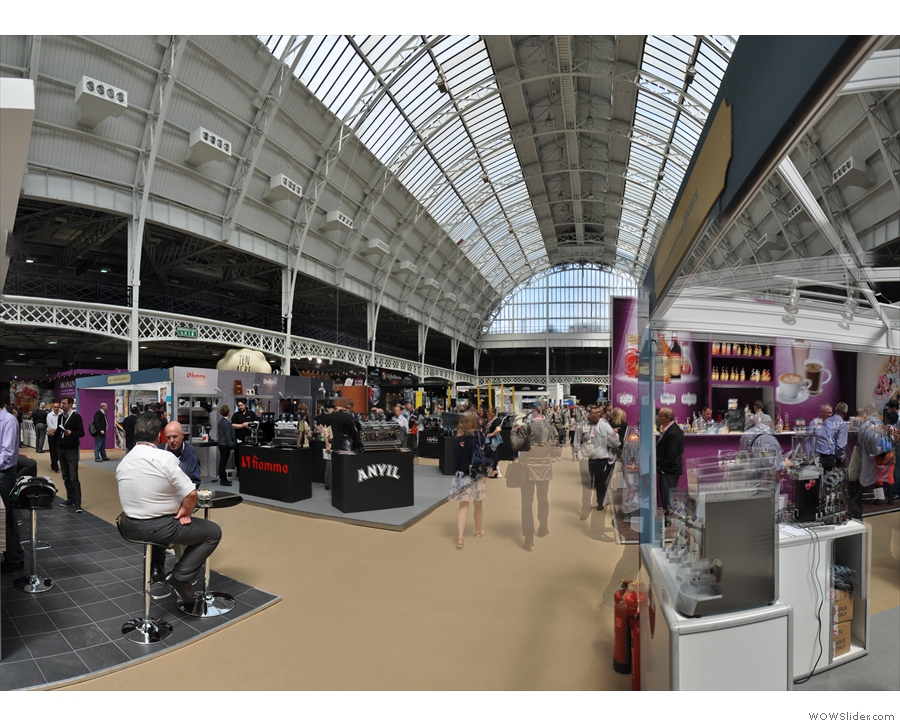






 1
1 2
2 3
3 4
4 5
5 6
6 7
7 8
8



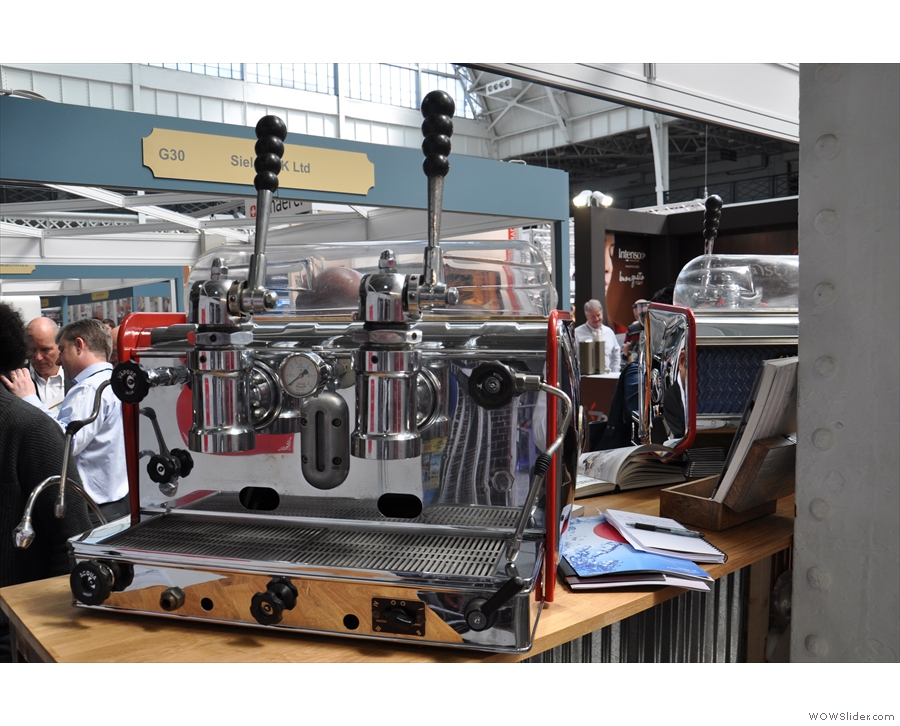

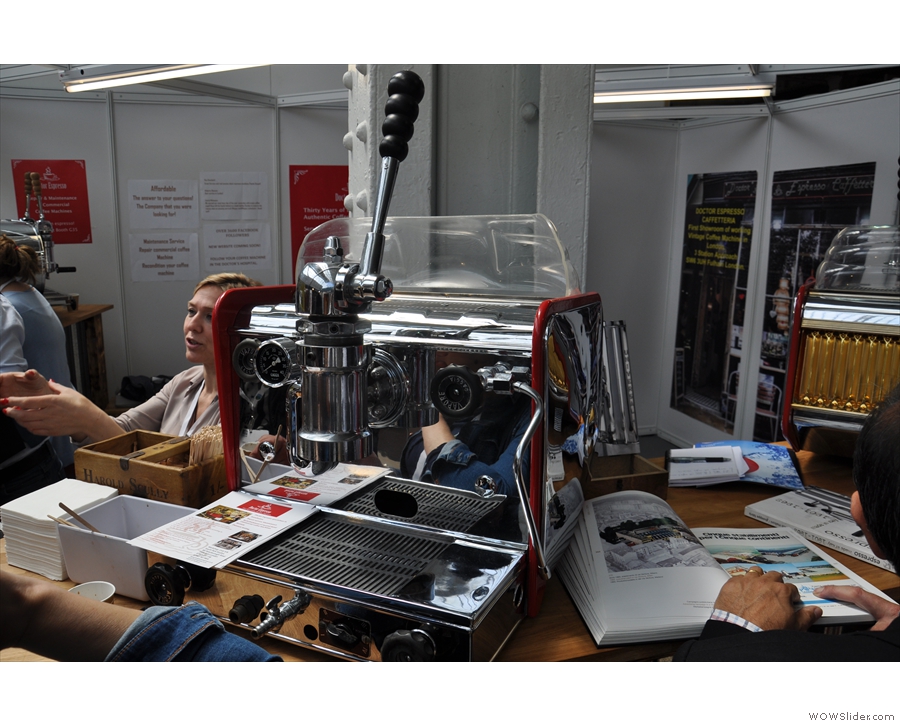








 1
1 2
2 3
3 4
4 5
5 6
6 7
7 8
8 9
9 10
10 11
11 12
12 13
13 14
14 15
15



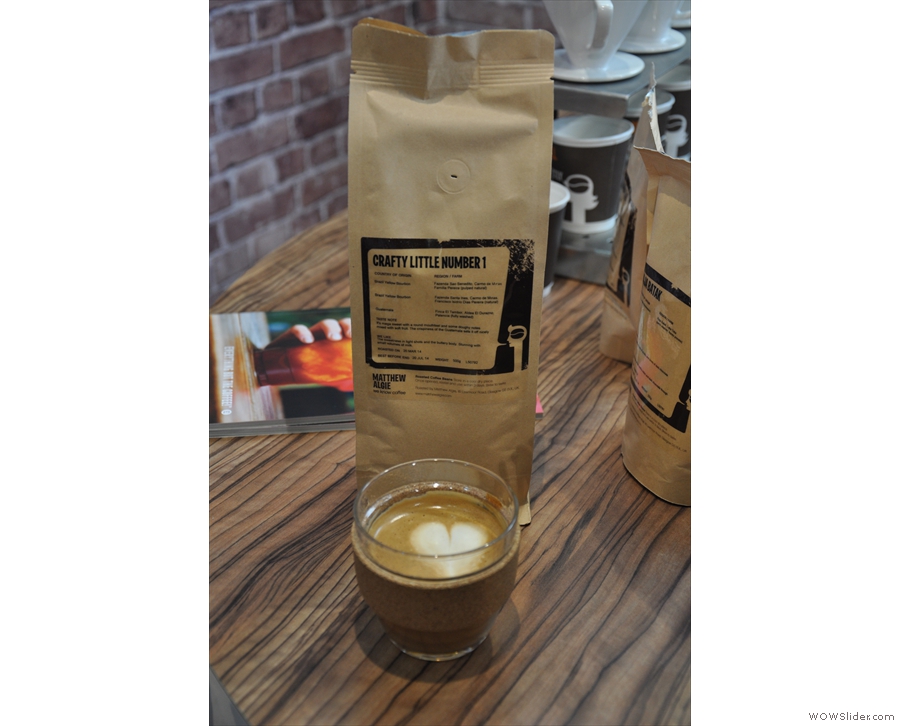




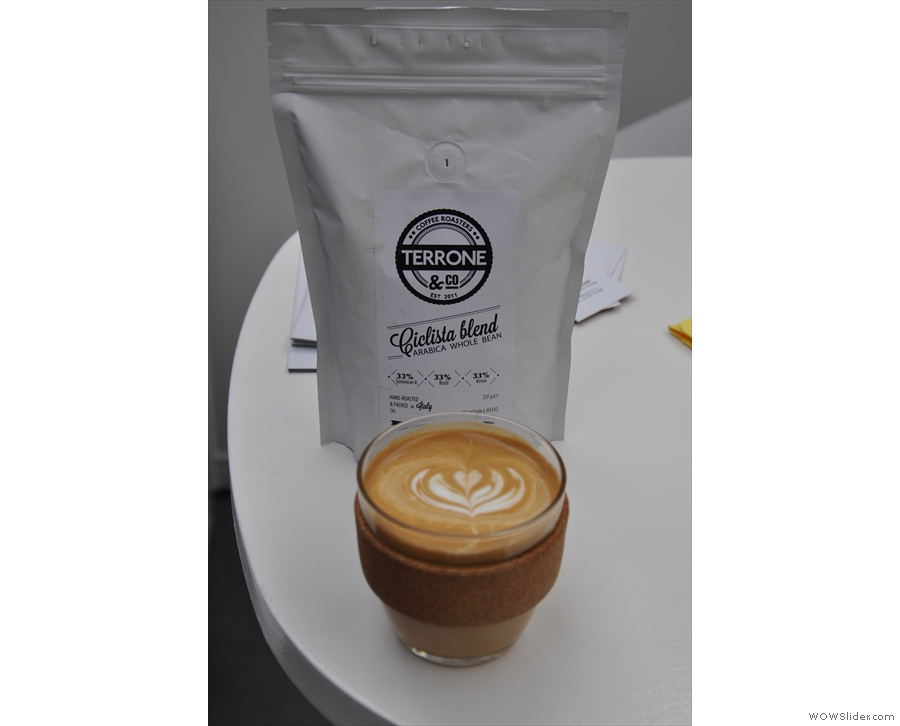
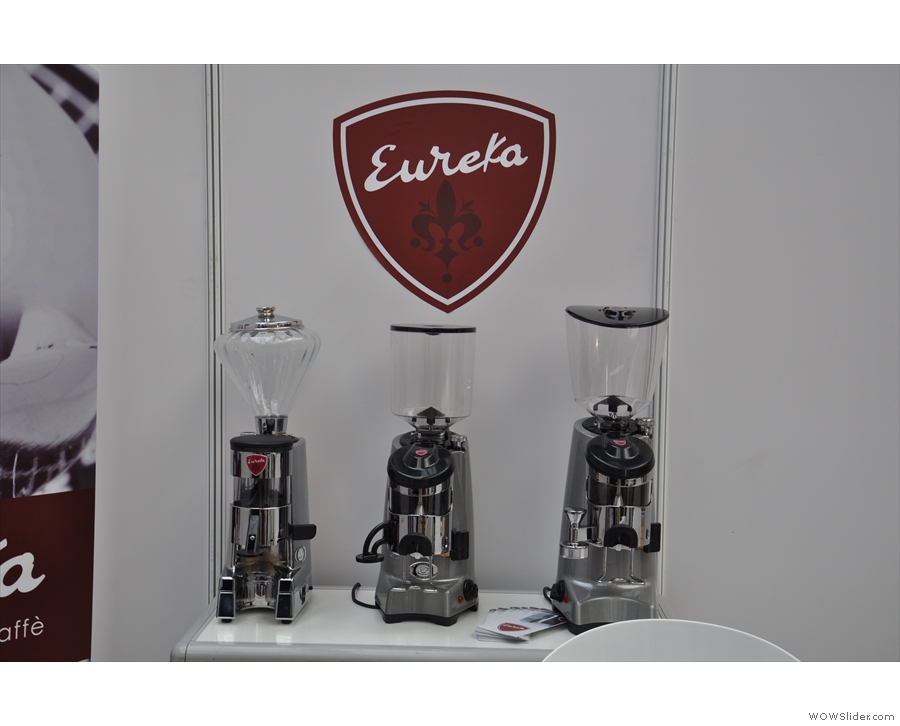


 1
1 2
2 3
3 4
4 5
5 6
6 7
7 8
8 9
9 10
10 11
11 12
12 13
13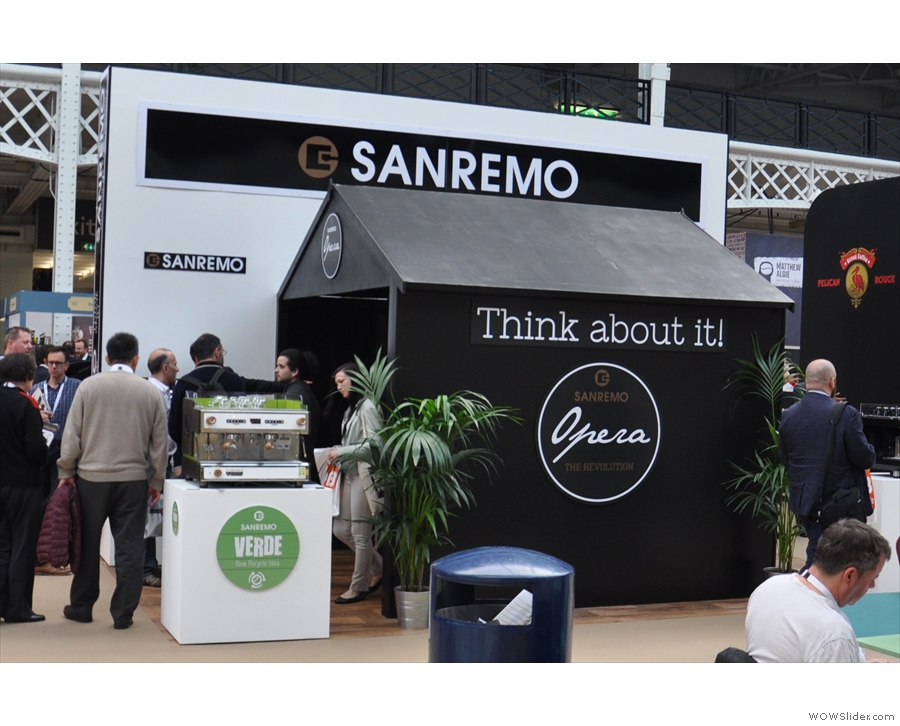
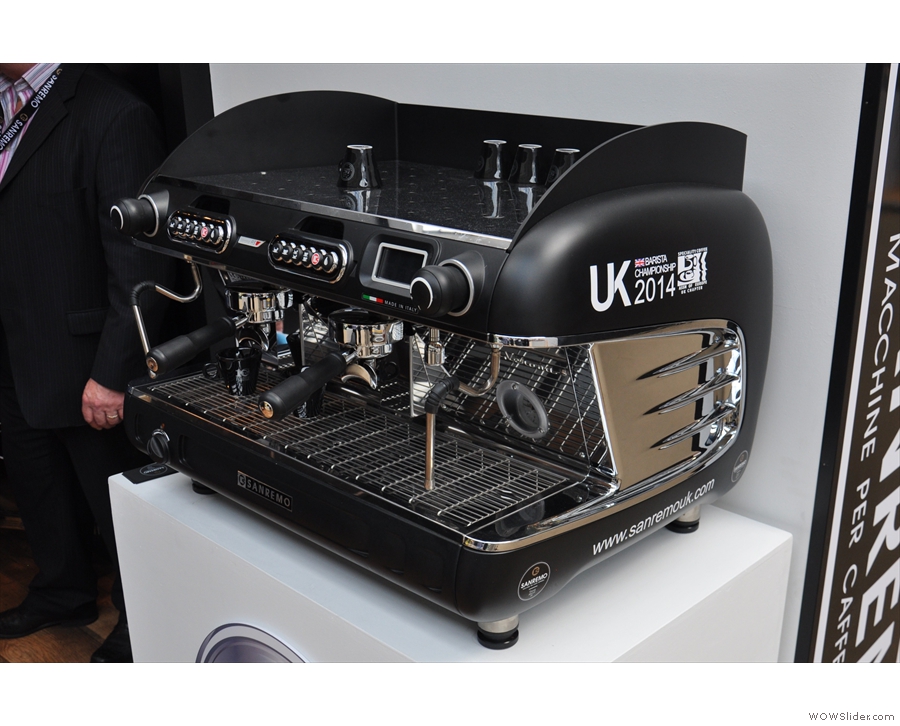








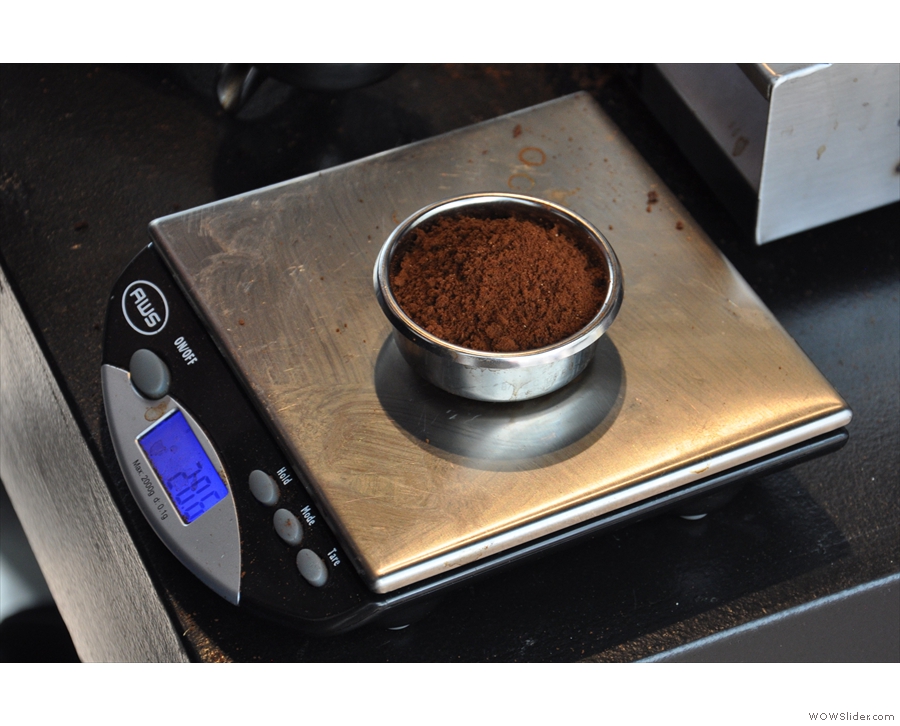








 1
1 2
2 3
3 4
4 5
5 6
6 7
7 8
8 9
9 10
10 11
11 12
12 13
13 14
14 15
15 16
16 17
17 18
18 19
19
Pingback: Caffé Roma Update | Brian's Coffee Spot
Pingback: 2014 Awards – Best Saturday Supplement | Brian's Coffee Spot
Pingback: Caffè Culture Awards 2015 | Brian's Coffee Spot
Pingback: Caffè Culture Awards 2015 – The Winners | Brian's Coffee Spot
Pingback: Caffè Culture Awards 2016 | Brian's Coffee Spot